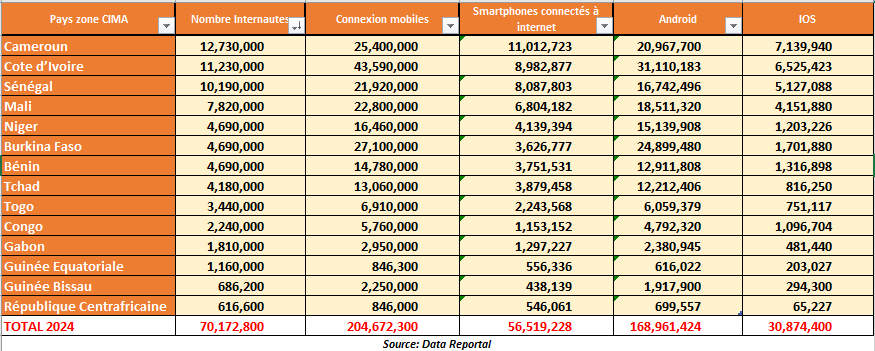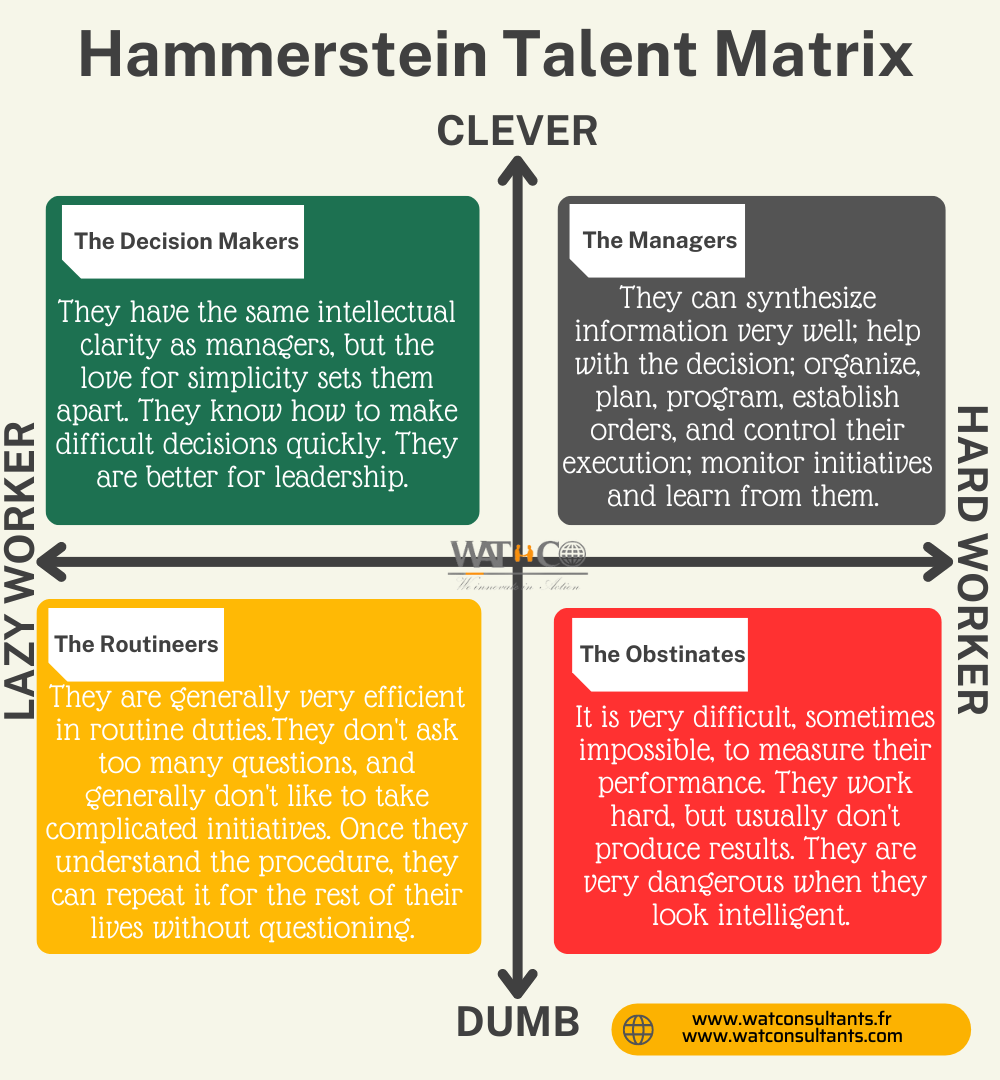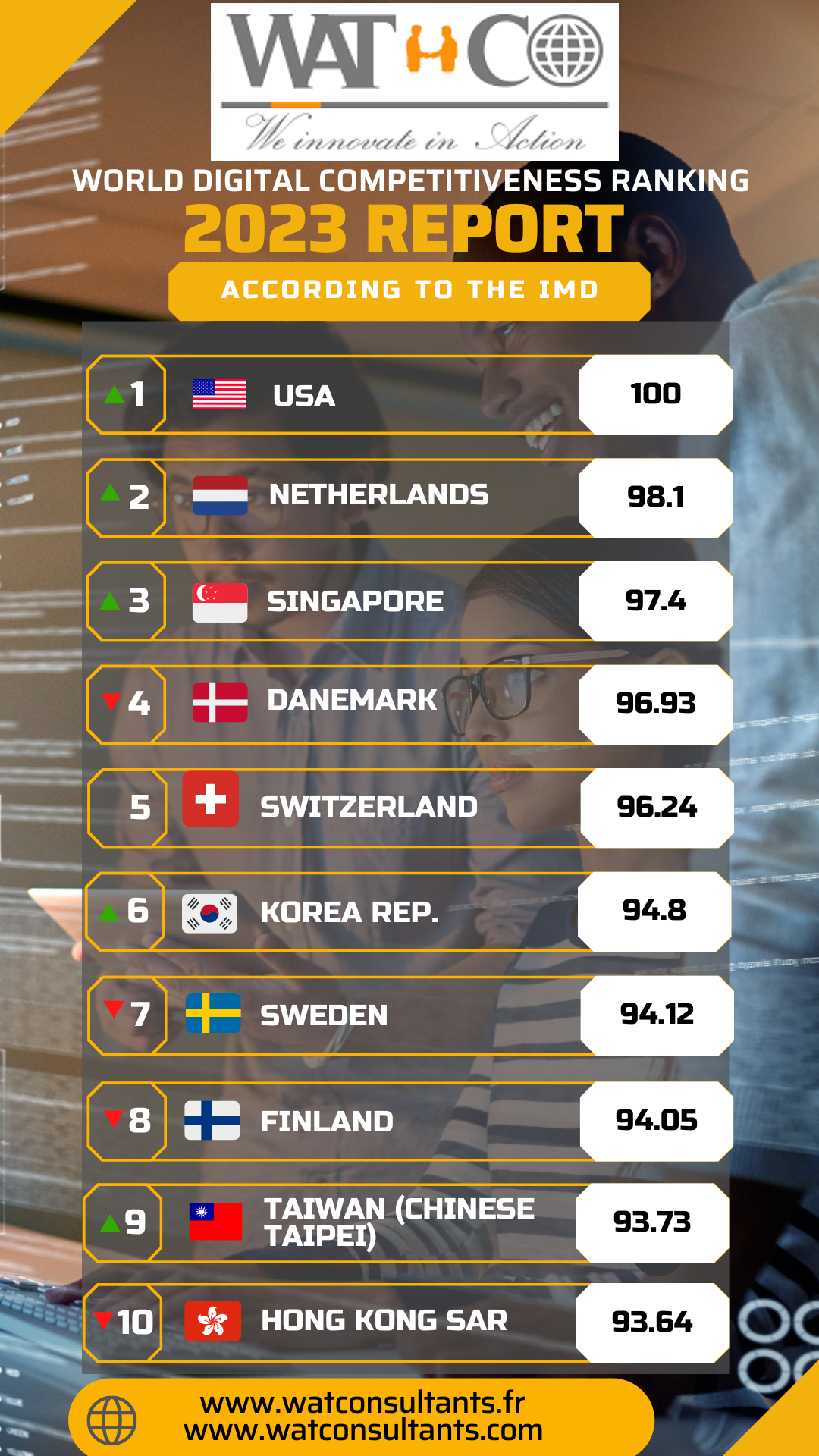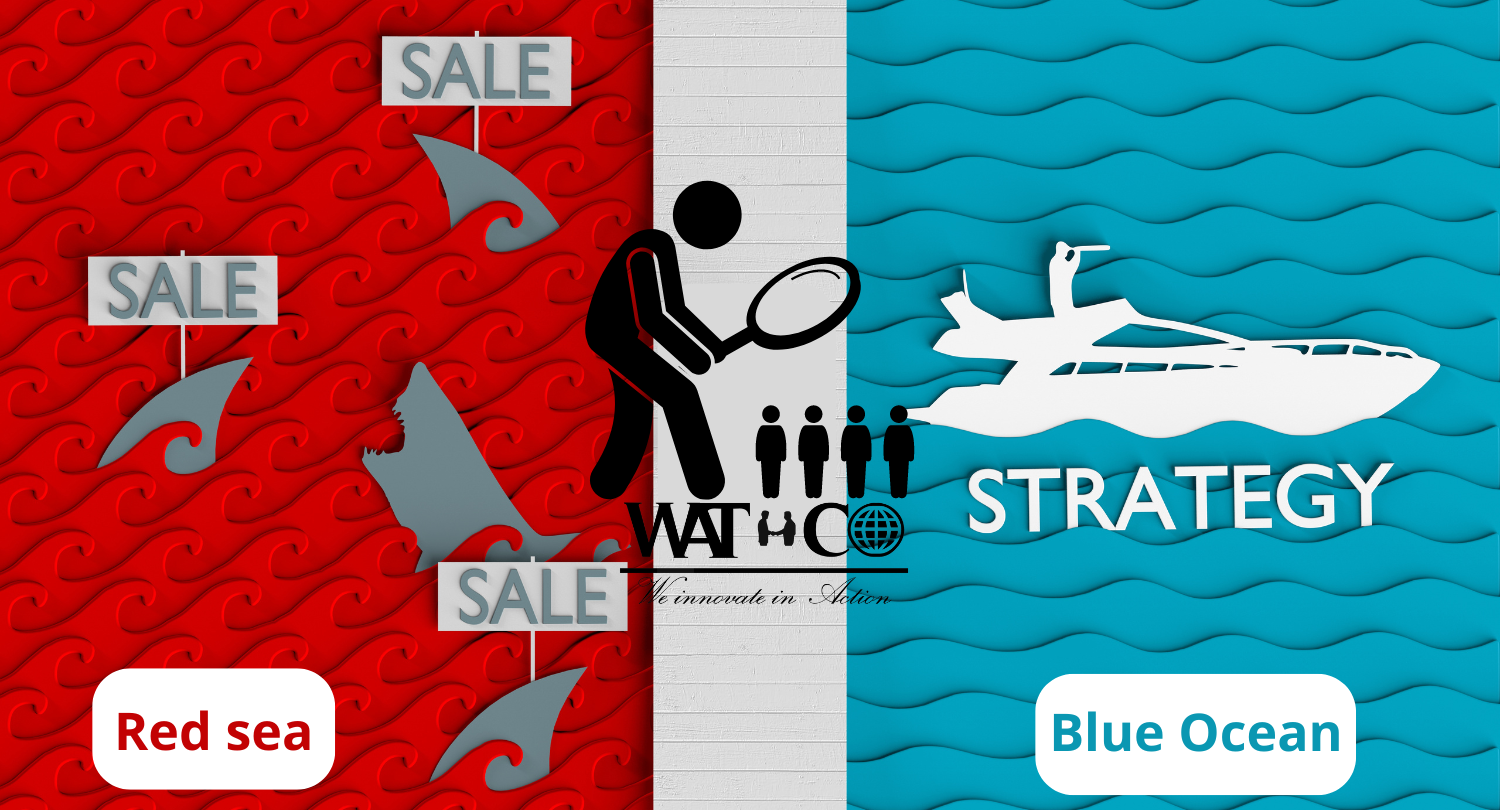
Internet in 2024, in Africa CIMA zone
Internet in 2024, in Africa CIMA zone
Previously, consumers had very limited access to media. If a product malfunctioned, if the behavior of a company was questionable, the probability that these hazards would affect the company remained low. Today, it only takes a few hours for social networks to put a company in the spotlight and force it to take an immediate reaction, otherwise it could seriously compromise its future. The Internet is thus transferring considerable power to consumers and Internet users.
Consequently, marketing in Africa CIMA Zone in general and in Cameroon in particular must be horizontal: from consumer to consumer. Because consumers turn to each other for credible information when they choose products or services.
Consumers in Africa's CIMA zone have more power than before, primarily as a result of technology and the massive development of social media. But they are also ready to change brands at the slightest disappointment or if the treatment they receive does not suit them. The spread of information and increased mobility allow them to make more informed decisions and share their experiences and opinions with an infinite number of people:
- They use the Internet for information and to buy. At home, in the office, on mobile, they can compare prices and products, read user reviews, order online at any time of the day or night, bypass local offers and save money substantial. They can also look at products in store and then purchase online. Because everyone now has access to all information, companies should realize the importance of transparency and consistency between speech and reality.
- They get information and communicate using their smartphones and tablets. We already have around 204 million active mobile phones and more than 70 million active Internet users in the CIMA zone, including more than 12 million in Cameroon alone .
- They use social media to give their opinion and express their loyalty to certain brands. On Facebook, Tiktok , Twitter, Instagram or Linkedin , there are more than 27 million of us connected to social networks in Africa CIMA zone . Customers are increasingly expressing their opinions on products, services and brands, exchanging information and organizing impromptu events on social media. They come together more and more on forums linked to common interests. Brands are increasingly losing control of the information that concerns them and must constantly analyze what is being said about them.
- They refuse certain types of marketing . Criticism of marketing is not new. However, new movements have emerged in recent months. They are amplified by the web which makes it possible to disseminate them widely and quickly: whether they are petitions, virtual sit-ins, or even protest and cyber-resistance blogs.
- They make digital payments . We have 43 million people aged over 15 making digital payments in Africa CIMA zone.
STATISTICS 2024
According to the latest statistics from Data Reportal , in the CIMA zone, there are more than 70 million people regularly connected to the internet in 2024 . An increase of more than 22% compared to 2022.
In terms of mobile telephony we have:
- More than 204,672,000 active Smartphones including
- More than 168,961,000 Android smartphones assets
- More than 30,874,000 IOS smartphones assets
- More than 56,519,000 people regularly connected to the internet
The Android system remains the most used. When it comes to mobile development, the priority should therefore be the Android platform. But the IOS system is becoming less and less negligible.
In terms of social networks:
- More than 27,821,000 people in the CIMA zone connect to social networks
- Facebook remains the leading social network with more than 27,202,000 subscribers. We have classified the TikTok and WhatsApp networks out of categories .
In terms of financial transactions, considering only the population aged over 15, there are more than 43,669,000 inhabitants making digital payments in Africa CIMA zone .
CIMA social media data 2024.
|
Country |
Connected to Social Networks |
|
|
|
|
Make digital payments (+15 years old) |
|
Ivory Coast |
7,000,000 |
7,000,000 |
1,100,000 |
221,600 |
1,300,000 |
12,065,623 |
|
Cameroon |
5,050,000 |
5,050,000 |
663,100 |
183,300 |
1,200,000 |
10,802,173 |
|
Senegal |
3,710,000 |
3,350,000 |
1,200,000 |
259,900 |
1,100,000 |
5,242,016 |
|
Burkina Faso |
2,850,000 |
2,850,000 |
168,400 |
73,100 |
360,000 |
2,525,724 |
|
Mali |
2,150,000 |
2,150,000 |
244,400 |
78,400 |
350,000 |
2,476,628 |
|
Benign |
2,150,000 |
2,150,000 |
213,200 |
81,000 |
480,000 |
2,747,720 |
|
Congo |
1,020,000 |
1,020,000 |
151,300 |
33,200 |
200,000 |
2,121,940 |
|
Chad |
973,000 |
759,200 |
91,900 |
30,900 |
97,000 |
820,835 |
|
Togo |
913,500 |
913,500 |
173,300 |
60,900 |
310,000 |
2,558,388 |
|
Gabon |
751,800 |
751,800 |
132,100 |
29,400 |
230,000 |
1,313,421 |
|
Niger |
611,100 |
611,100 |
88,700 |
32,000 |
140,000 |
855,158 |
|
Guinea Bissau |
302,200 |
302,200 |
39,600 |
4,180 |
23,000 |
- |
|
Guinea Equatorial |
180,500 |
134,900 |
59,100 |
9,180 |
37,000 |
- |
|
Republic Central African |
159,500 |
159,500 |
9,750 |
5,060 |
39,000 |
139,920 |
|
TOTAL 2024 |
27,821,600 |
27,202,200 |
4,334,850 |
1,102,120 |
5,866,000 |
43,669,546 |
|
Source: Data report |
||||||
CIMA Internet 2024 data .
|
CIMA zone country |
Number of Internet users |
Mobile connections |
Smartphones connected to the internet |
Android |
iOS |
|
Cameroon |
12,730,000 |
25,400,000 |
11,012,723 |
20,967,700 |
7,139,940 |
|
Ivory Coast |
11,230,000 |
43,590,000 |
8,982,877 |
31,110,183 |
6,525,423 |
|
Senegal |
10,190,000 |
21,920,000 |
8,087,803 |
16,742,496 |
5,127,088 |
|
Mali |
7,820,000 |
22,800,000 |
6,804,182 |
18,511,320 |
4,151,880 |
|
Niger |
4,690,000 |
16,460,000 |
4,139,394 |
15,139,908 |
1,203,226 |
|
Burkina Faso |
4,690,000 |
27,100,000 |
3,626,777 |
24,899,480 |
1,701,880 |
|
Benign |
4,690,000 |
14,780,000 |
3,751,531 |
12,911,808 |
1,316,898 |
|
Chad |
4,180,000 |
13,060,000 |
3,879,458 |
12,212,406 |
816,250 |
|
Togo |
3,440,000 |
6,910,000 |
2,243,568 |
6,059,379 |
751,117 |
|
Congo |
2,240,000 |
5,760,000 |
1,153,152 |
4,792,320 |
1,096,704 |
|
Gabon |
1,810,000 |
2,950,000 |
1,297,227 |
2,380,945 |
481,440 |
|
Guinea Equatorial |
1,160,000 |
846,300 |
556,336 |
616,022 |
203,027 |
|
Guinea Bissau |
686,200 |
2,250,000 |
438,139 |
1,917,900 |
294,300 |
|
Republic Central African |
616,600 |
846,000 |
546,061 |
699,557 |
65,227 |
|
TOTAL 2024 |
70,172,800 |
204,672,300 |
56,519,228 |
168,961,424 |
30,874,400 |
|
Source: Data report |
|||||
Marketing must reinvent itself in this context of disintermediation that we are experiencing in Africa CIMA zone , where it is losing its role as an exclusive interface. Everyone in the company can now have access to customers, without going through the marketing department.
“The greatest danger in turbulence is not the turbulence itself. It's about acting with yesterday's logic! »Peter Drucker
The advent of the connected consumer
Today, consumers are super connected. From their desktop computer, their smartphone, their tablet or their connected watch, there are now more than 70 million people in Africa in the CIMA region who can get information, buy and be entertained 24/7. And there is still more than 50% of the population in the area who does not yet use the Internet. With the popularization of the smartphone and the drop in its price in entry-level models, access to the Web should continue to accelerate, thus further doubling the weight of digital in the years to come.
We actually have access to almost anything, anytime, anywhere. Go explain to your children that you were born before the Internet, e-mail and cell phones... that there was only one book for 100 students at your university's documentation center, and that Wikipedia and Google did not exist. Access to information has been democratized and has become much more transparent.
We are also connected to each other. Thanks to social media, we have all become capable of exchanging any information in text, photo or video almost free of charge, instantly and without geographical limits. Consumers have become media. They can post and re-post information and their opinions like never before. From price to quality, your products and services are commented on, reviewed in real time between Internet users, experts, etc. Your marketing must fight for their attention not only in the face of competition, but in the face of a deluge of content created by consumers themselves. -themselves. Your reputation is no longer only linked to the quality of your products and your communication actions. No, it becomes the result of what Internet users think, feel, say and share online. Your online reputation becomes what Facebook or Google say about you. The social Web or Web 2.0 has experienced phenomenal progress in less than ten years. If we have always been a social animal, blogs, forums, Wikipedia, sharing sites and social networks have greatly facilitated and intensified our exchanges.
First in terms of marketing and e-reputation. Your brand no longer belongs to you. It depends more and more on opinions published by Internet users. It depends on your ability to manage your customer service on LinkedIn or Facebook. It relies on your ability to transform your customers into fans and ambassadors on social media. It is due to both the ability of influencers to recommend you or to hate you.
A simple laudatory publication on Facebook and Instagram from the famous Cuisinier Ndock Bidi on his craze for crude palm oil has reduced the turnover of the refined palm oil producer Maya!
With the examples of NZUIMANTO , we can see that a simple individual can now challenge a government. Imagine what an influential critic can do to a company? It would be better for your brand if you already have a social listening tool to monitor your online reputation and good community management and influencer marketing teams to monitor and react to the numerous messages from your connected customers.




